#LifeOfAT1D: What's in my DiaBag?
They say old habits die hard. I remember my good old school days when I used to carry my super functional stationery pouch everywhere with me. I used to be the only girl in the classroom who used to have backups for any given stationery item. It’s been ages since I graduated high school and college. I still carry a little pouch every day which does a lot more than my pouch from school days. It saves me every day as it works as my artificial pancreas. Of course, it contains pens; not the regular ones though! Hello Insulin Pens! Thank you for saving me every day!

The life of a person living with type 1 diabetes can be unpredictable. You may never know what might go wrong at any moment. So every T1 needs to be prepared round the clock not only to seek unicorns, but also for the worst cases. With that being said, carrying supplies which help to manage your T1D is an added task in an already taxing life. When I was settling into my new normal life with T1D, I once took my basal insulin instead of the bolus insulin at work, and had to come back home to take my shot (embarrassing enough, huh?). So it is crucial to check your DiaBag before heading out, and to keep an eye on the stock of your supplies at a regular interval.
What is a DiaBag?
A DiaBag is a bag that contains all of your supplies to manage your T1D. You can have many such DiaBags - one at home, school and work. The contents of your DiaBag can differ depending on the method you follow to manage your T1D - the MDI (Multiple Daily Injections) or the Insulin Pump Therapy. Here are some must-have supplies for any T1's DiaBag:
1.Glucometer Kit:
You absolutely cannot forget to keep your Glucose meter in your DiaBag at any cost even if you are using a CGM/FGM.
A CGM/FGM might stop working if it falls off the site or might show an erroneous result due to technical issues. In such a scenario, your old school glucometer will save you. Just make sure to carry sufficient test strips that haven’t crossed the expiration date, a lancing device, a few lancets and an empty vial of test strips to dispose the used test strips. You don’t want to throw your biomedical waste everywhere you go, right?
Always dispose your biomedical waste responsibly.
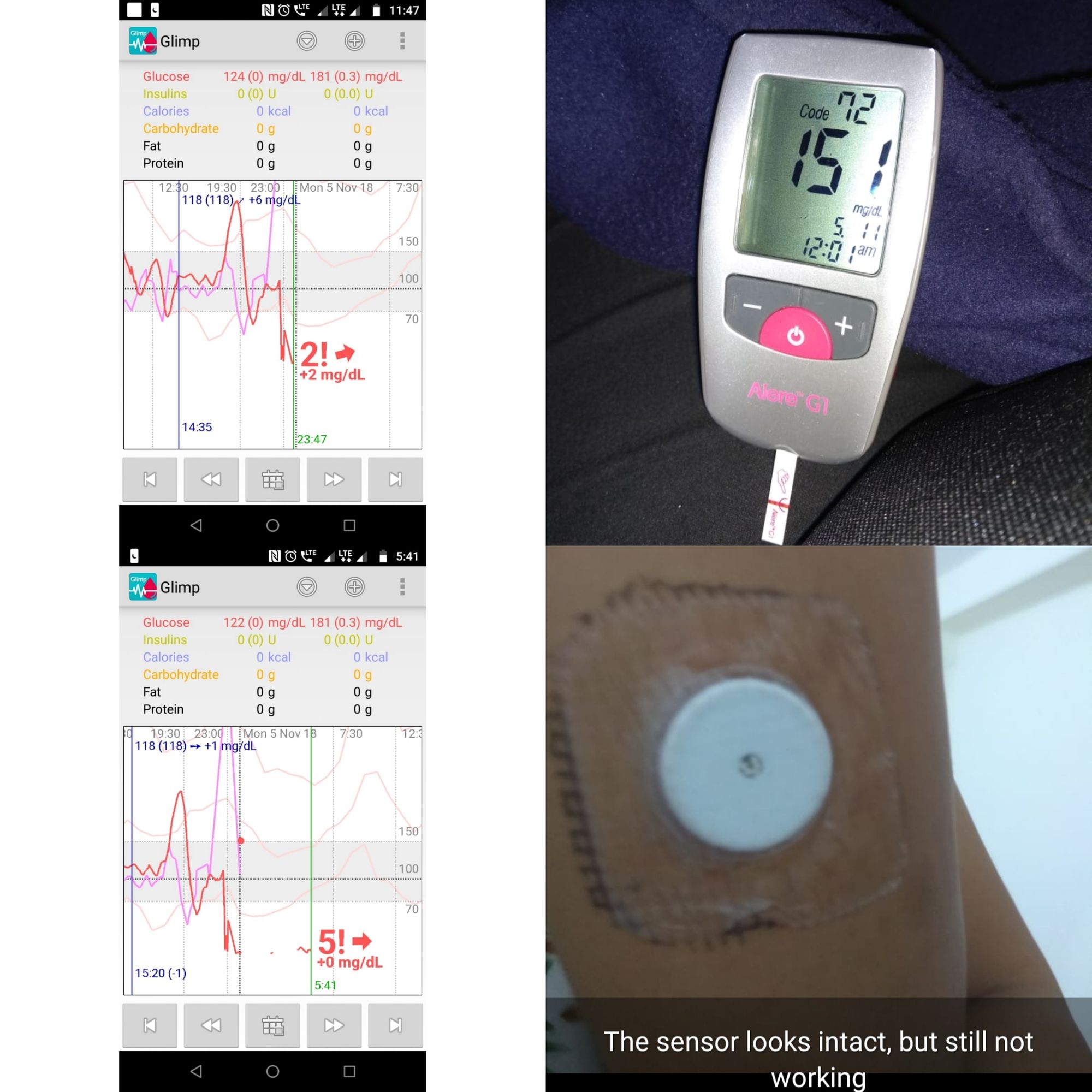

2. Emergency Information and Doctor’s Certificate:
I cannot emphasize more the importance of carrying Emergency Information and Doctor’s Certificate, especially when you are travelling alone.
It is advised that insulin pumps should not undergo X-ray scanning. Thus, you need your doctor’s certificate explaining your condition (kindly ask your doctor to use layman's language while prescribing). Recently, our crew went on a trip to Tadoba where mobile phones are banned due to security concerns for wildlife. We needed our phones to access the Glimp app to keep an eye on our BGs as sweating due to hot weather can mislead you as a hypo symptom. We spent a lot of time explaining this to the authorities. Thankfully, we were carrying these documents, and could enjoy the safari after.
Hence, carrying a doctor’s certificate which explains your medical condition can really save your time and energy. Also, keeping your emergency contact information in your baggage is always a great idea!

3. Extra Insulin Vials:
You don’t really need to carry extra insulin vials on an everyday basis. You should carry them when you are traveling, especially to remote places where you might not be able to find insulin when it is urgently needed. Also, it is a good idea to carry extra insulin vials in a Frio pouch (read more about Frio pouches here, and buy from here) or in an Ice Pack, especially in summers as the extreme heat can potentially damage your insulin in-use.
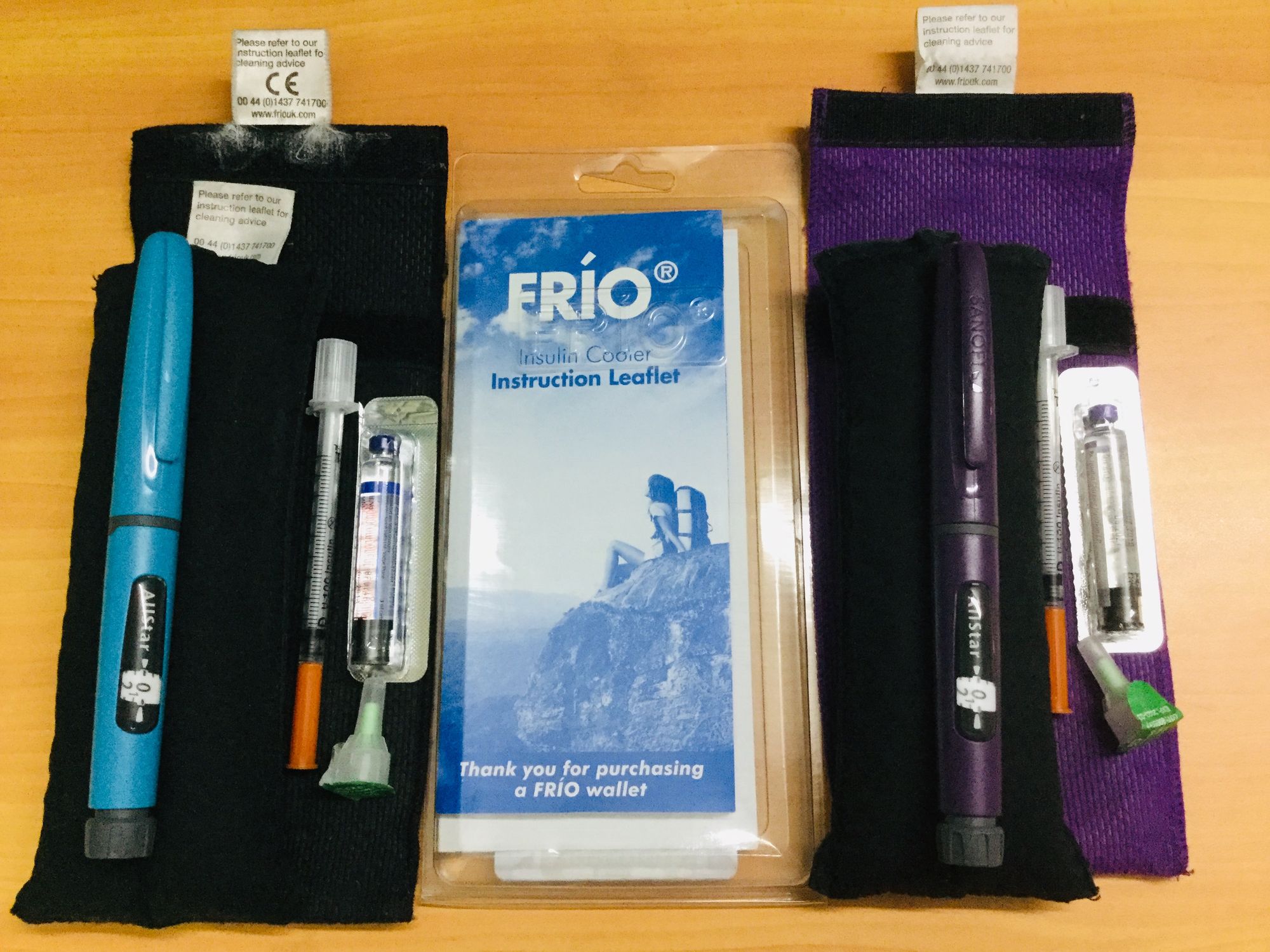
4. Hypo Tabs, Sugar, Glucose Powder/Gel, Common Salt and Water:
Always carry ample hypo tabs or glucose gel packets for hypos
These lifesaver goodies act very quickly, and will avoid rollercoaster of high-low BGs as they contain a measured amount of carbohydrates. Falero, flavored pulpy fruit chews by Mapro is another healthy option to treat a hypo; each Falero contains 4 gm carbs. If they are not available, you can eat 3-4 teaspoons of regular sugar to raise your BG just as required. I personally don’t like to eat sugar. So I mix it with water which is even better for quicker absorption of the glucose in the bloodstream.
On the other hand, common salt is useful to treat dehydration - a factor leading to hyperglycemia, and to avoid muscle cramps and life threatening complications such as DKA (Diabetic Ketoacidosis). Make sure to carry salt especially during summers and drink lots of water. Don't forget to keep yourself hydrated.
Make sure you always travel with a small snack along with your hypo stash. Your hunger will not only drive you crazy but also make the things worse if you have overbolused by mistake.
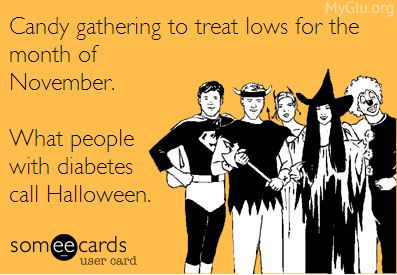

5. Extra Syringes, Pen Needles, Pump Supplies:
In case your syringe or pen needle in-use gets damaged, always have a few syringes and/or needles handy as backup so that you do not miss your shot. Make sure you carry syringes of appropriate barrel size for your insulin as using the wrong syringe is disastrous.
E.g. the insulin Human Actrapid 40 IU/ml should be used with a 40 IU syringe which has a red cap and 40 as the highest marking. While the fast acting insulin like Apidra 100 IU/ml or long acting insulin like Lantus 100 IU/ml should be used with the corresponding 100 IU syringes which have orange cap and 100 as the highest marking.

I am not a pump user; but I can tell the importance of carrying backup supplies of your pump. Check out videos of Nupur, and Ovi (who are pump users) shot during our pilot campaign - #ShowMeYourDiaBag.
6. Extra Batteries:
Batteries are the most neglected items in anyone’s DiaBag. But they play an extremely important role in T1s life as not having a working device is a nightmare. Most glucometers work on a standard 3-volt CR2032 lithium battery. Go for a genuine battery which should last approximately 1000 test results. For pumpers, carry Duracell Ultra AA/AAA batteries which last longer than the regular AA batteries. Consider buying genuine batteries in bulk just like the other supplies to save money and time.
7. Alcohol Swab, Cotton and Band-Aid:
Most of the pricks to test BG or to take shots do not tend to bleed if done properly. But in case they bleed and you have a gusher, you should be prepared. Sometimes the dirt on your fingers can give you an incorrect result. In such case, wash hands with clean water. If you don’t have access to water, you can wipe out your fingertip with an alcohol swab and re-test your BG to make sure the latest reading is consistent with the old one.
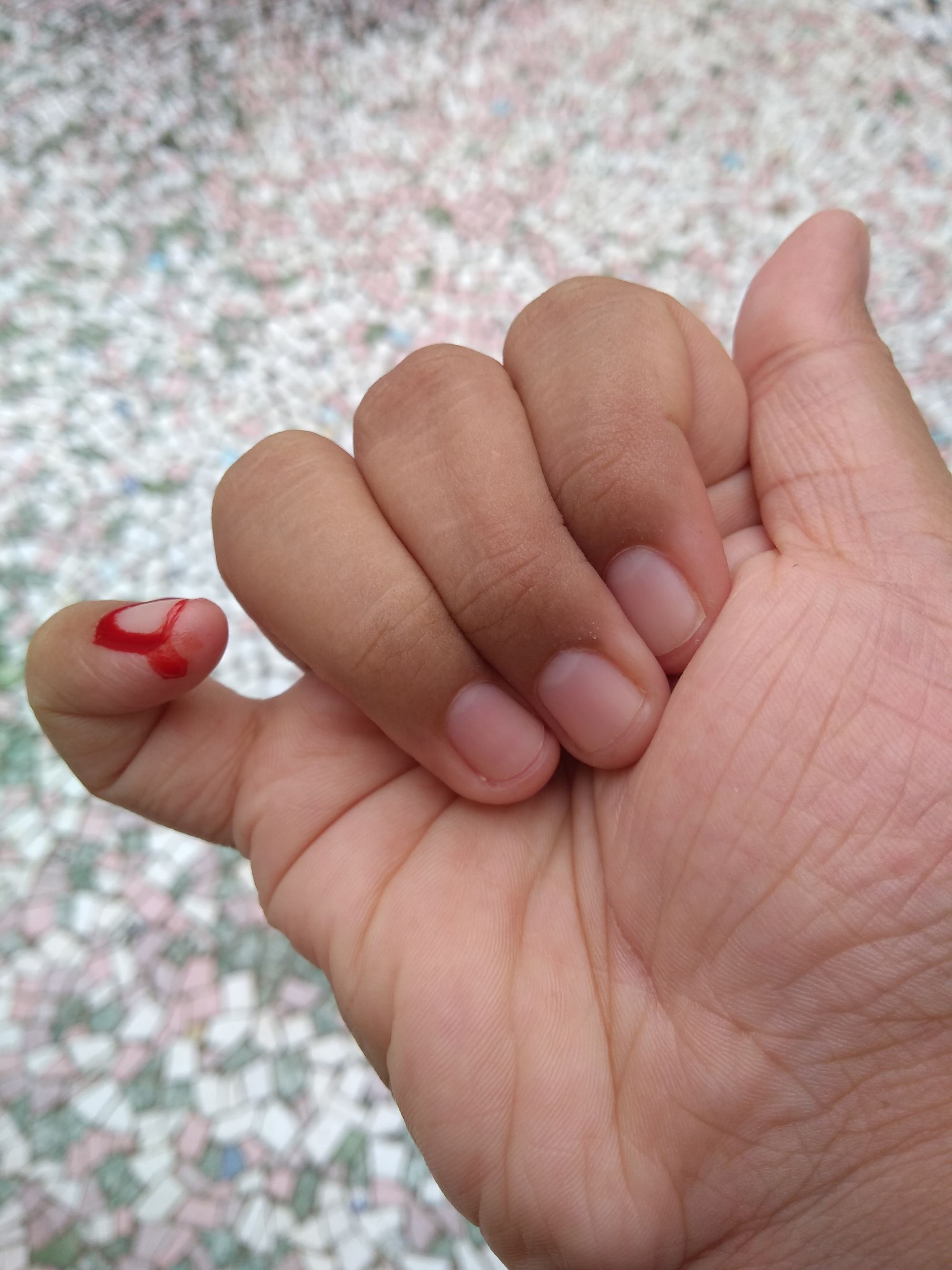
8. Ketone Strips:
I don’t carry ketone strips on normal days. But ideally one should carry them while on a long vacation. Ketones in DKA are most dangerous, and having these strips handy can literally save your life. These are quite inexpensive as compared to the blood glucose test strips, and can be found online as well as at local pharmacy stores.
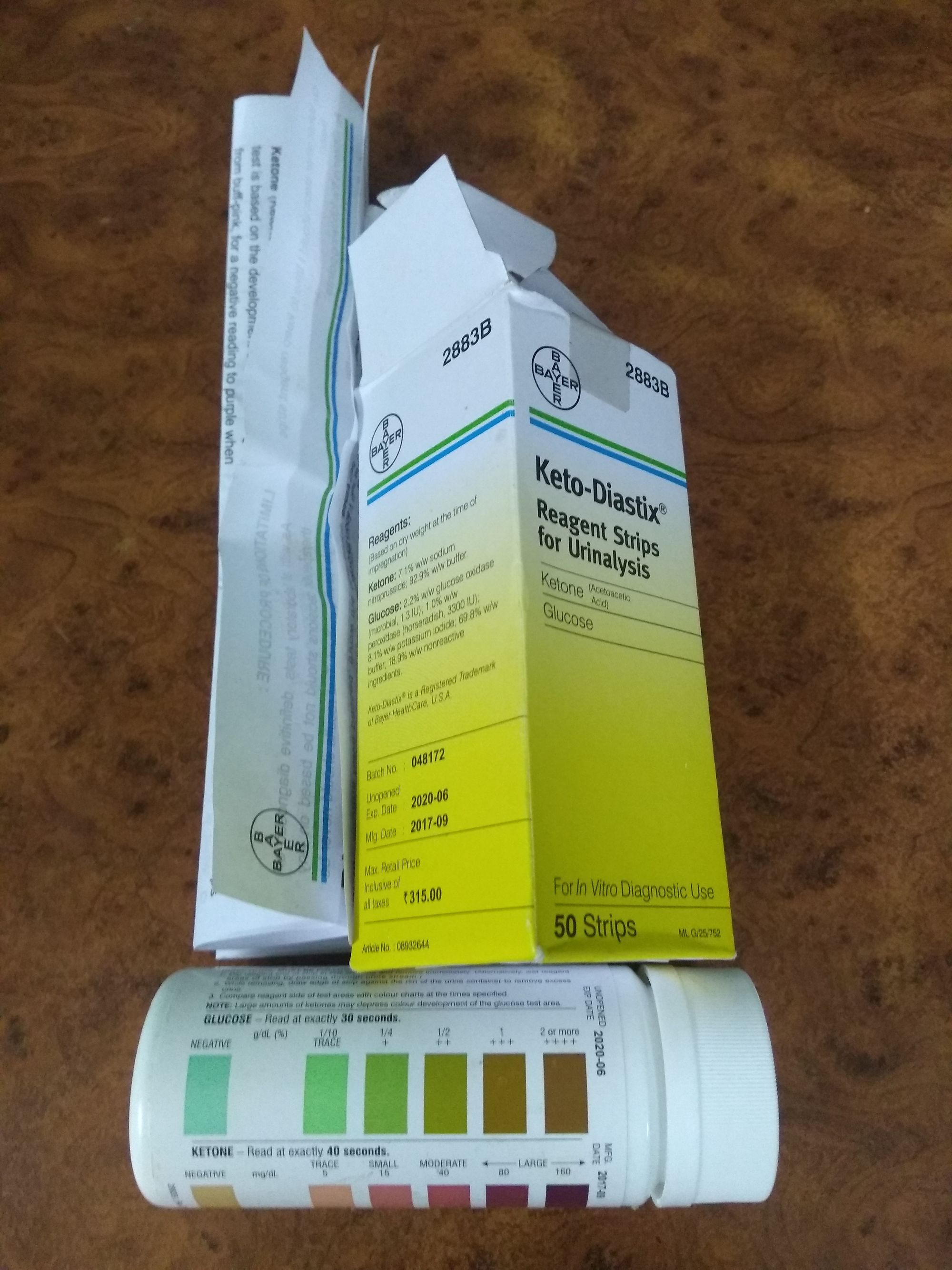
All of the above mentioned stuff easily fits into my DiaBag or in my Alere G1 glucometer pouch which is quite compact. I never head out without my sling bag that has my glucometer, insulin pen, Glucovita tabs and a small bottle of water. I never leave my DiaBag out of sight as it is my artificial pancreas. I absolutely cannot afford to lose it and stress about it later which in turn would take a toll on my BG. I also keep my other glucometer kit and hypo stash at work as a backup just in case I forget to bring something from home. My colleagues and my coach/trainer are aware of the usual location where I normally keep my DiaBag. Incase I cannot help myself during an unfortunate event, they can find my DiaBag and help me.
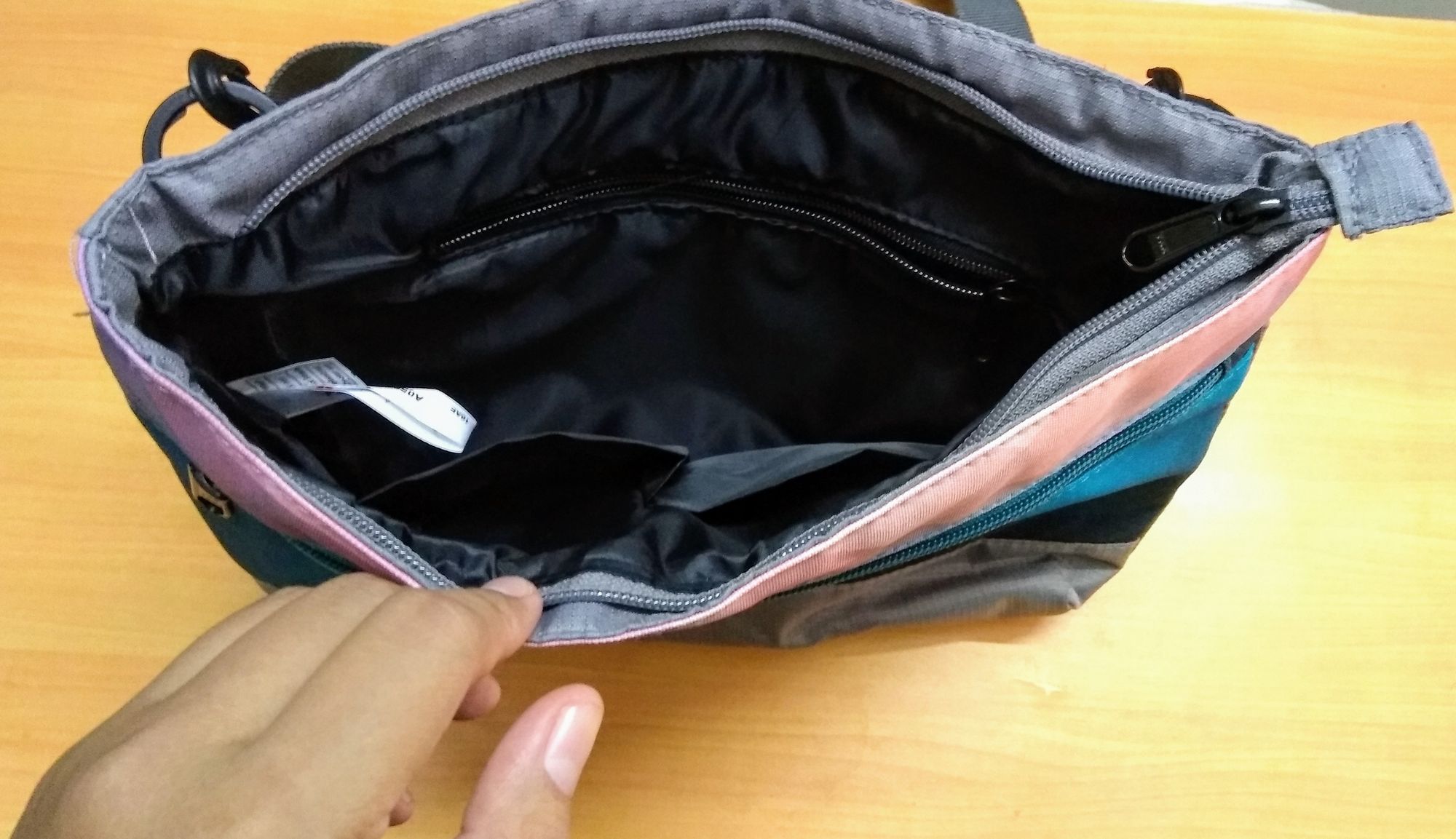
During the runs, I carry a waist pouch that can hold my insulin pen for bolusing, glucometer with test strips, lancing device and hypo tabs. I make sure that I always carry my mobile phone with me as it has my emergency contact information, and works as a reader to scan my Libre Pro sensor.

Everyone should add their emergency information in their mobile phones irrespective of being a T1. Android phone users can refer to this post and iPhone users can refer to this forum for adding emergency information in your respective mobile phones.
With T1D, there’s a lot of stuff to carry everywhere, everyday. The saddest part is there exists absolutely no easier way out! But eventually, you will get used to your new routine of carrying extra luggage and your life will be less chaotic since you're prepared.
But oh sometimes, how I wish to own a tiny purse like Hermione’s cute little purple purse so that I would always have everything I would ever need.

SUPPORT BLUE CIRCLE DIABETES FOUNDATION
We need your help and support to continue to grow, expand and touch the lives of countless people in the diabetes community. Every little bit helps us in sustaining this endeavour.
Click here to donate

